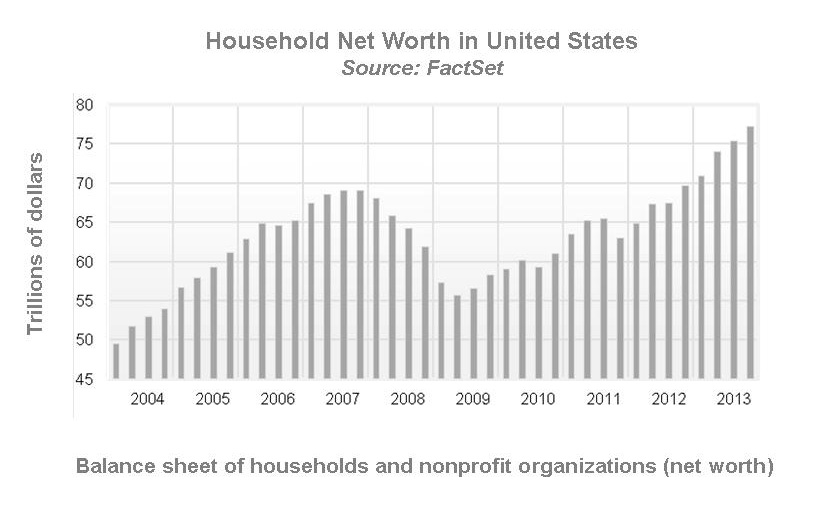 by Jason Norris, CFA
Executive Vice President of Research
by Jason Norris, CFA
Executive Vice President of Research
I Want a New Drug
We have seen a major resurgence in the healthcare space with regard to R&D and stock performance. In 2013, with the broad market up over 30 percent, the healthcare sector returned close to 45 percent and was the second best-performing sector. This year, in a flat, sideways-trending market, healthcare has been the best performing sector. We believe the sector gives investors a great mix of growth as well as stability and income. The worst of the drug patent cliff and generic substitution is behind us. We saw this transition peak in 2011 and 2012 with the likes of Lipitor, Plavix, Viagra and Singular coming “off patent.” This total was roughly $90 billion of revenue for big pharma companies. With this event sunseting, big pharma has cut costs, spun off divisions and made acquisitions to “right size” their lines of business. We anticipate the emerging pipelines from big pharma to more-than-offset the loss of revenue that will occur in 2016 and 2017. This reemergence is driven by diabetes, oncology and anti-clotting drugs.
Another space displaying strong R&D performance is biotech. In 2013, Biogen Idec launched its revolutionary multiple sclerosis drug and this year we have seen Gilead’s hepatitis C treatment (Sovaldi) come to market. The growth opportunities for this type of drug are great. For example, six months ago, Gilead was estimated to sale $2 billion of Sovaldi in 2014. Now expectations have risen around $7 to $10 billion. The R&D efforts in drug development around the world continue to break new ground.
Cover Me
The end of March will mark the conclusion of the first open-enrollment season of the Affordable Care Act (ACA). While the rollout was far from perfect, there is still quite a bit of uncertainty of its effects on the healthcare sector. We believe, relative to investing, most of the uncertainty has been diminished. The taxes that were implemented on the drug makers and medical device manufacturers have already taken effect. It is anticipated that the remaining uncertainties will affect hospital and insurance markets. As we have seen some adverse selection in the enrollment, the overall costs to the plans may see steep increases. While there is a clause in the ACA to reimburse insurance providers for their losses, we have heard “rumblings” from Congress to repeal this provision. While that is highly unlikely, it still creates uncertainty.
Finish What You Started
On Wednesday, the Federal Reserve continued to reduce their monthly bond purchases and gave all indications that they want this program to wrap up by year end. The Fed did state, however, that they will continue to remain “accommodative” while the economy muddles along. The major change was the removal to the 6.5 percent unemployment-rate threshold. We anticipated this because of the issues around labor participation can distort the rate. We do believe that the Fed funds rate will be anchored at 0.25 percent well into 2015.
Come Monday
On Monday, April 7, the NCAA will crown a men’s college basketball champion. For those lucky enough to still have a viable bracket, you are moving closer to winning $1 billion from Warren Buffet, providing you continue to have the perfect picks. The odds of this are 1-in-9 quintillion (yes that’s 19 zeros). Let’s hope that in the last couple days, worker productivity did not fall too much as fans tried to follow all the games.
Our Takeaways for the Week
- We remain bullish on the healthcare sector and believe it will outperform the broad market
- Even though interest rates have fallen year-to-date, as the Fed unwinds its bond buyer and the economy picks up, the 10-year Treasury will end the year above 3 percent











